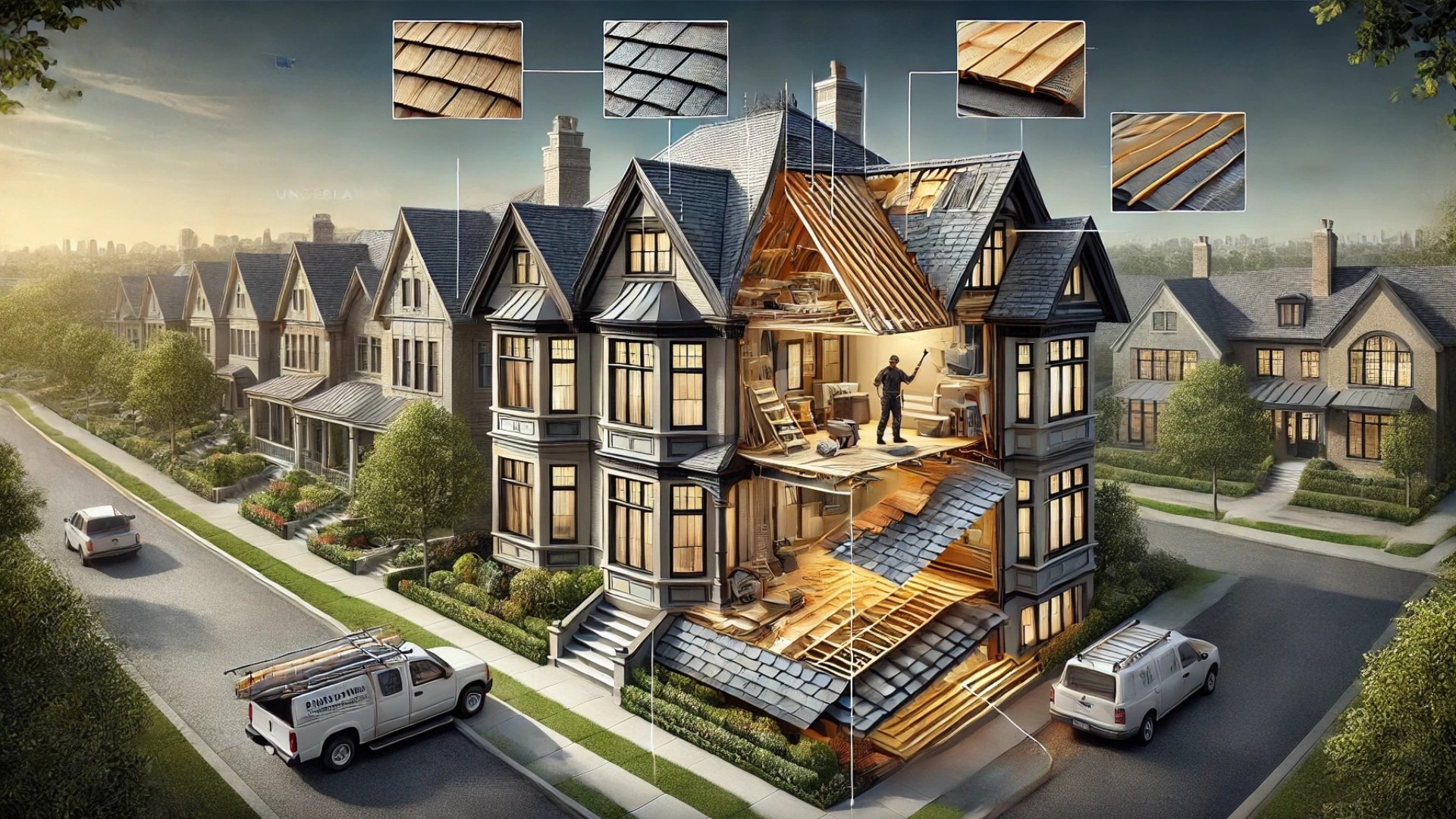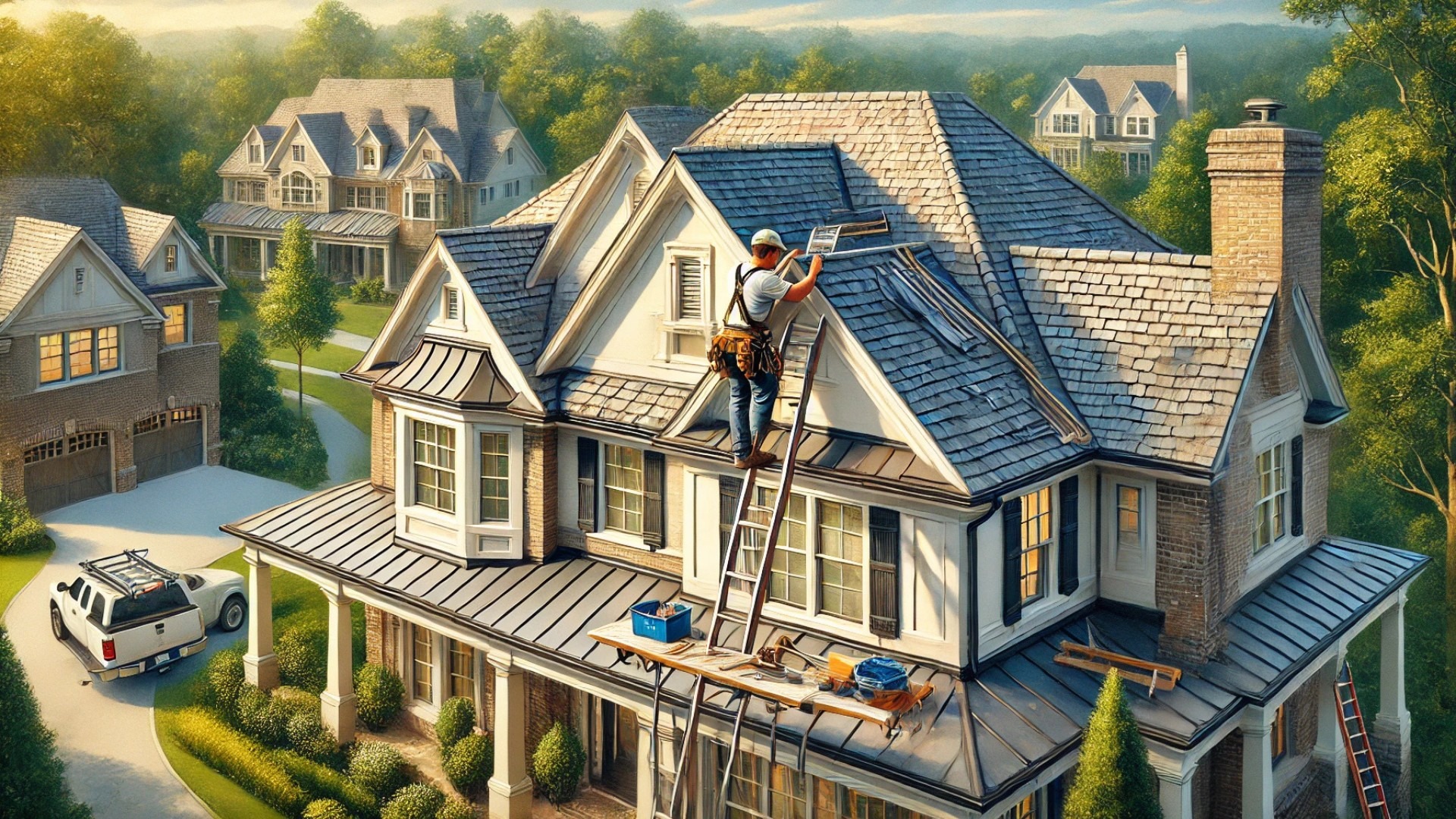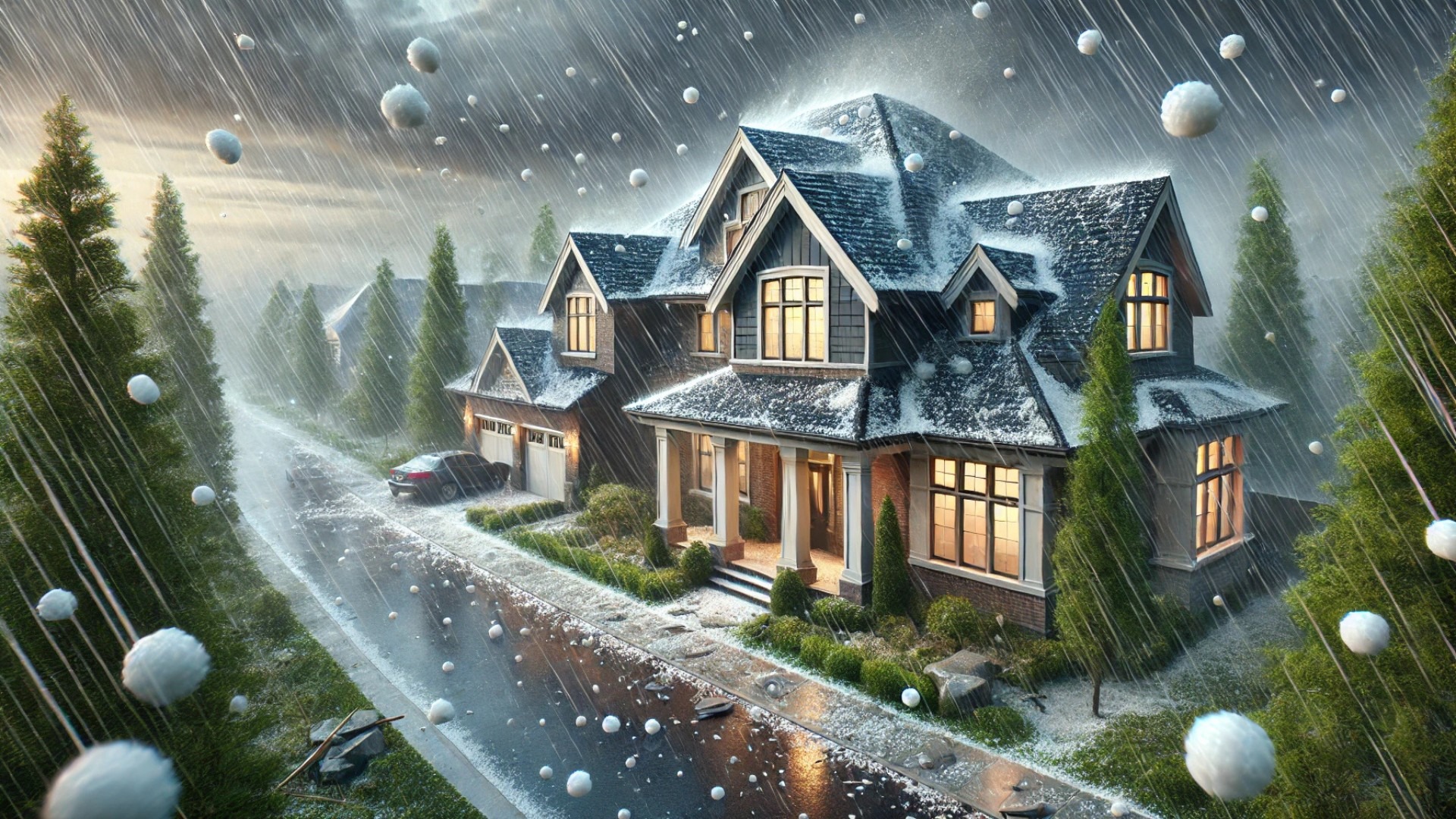
Understanding the Layers That Protect Your Home
When it comes to roofing, the exquisite beauty that crowns a home is just the surface of a complex system designed to protect your property's integrity. For homeowners in upscale neighborhoods, especially those with historic homes, knowing the intricacies of roofing layers is not merely educational, it’s essential for maintaining the majesty of your investment. Each layer of your roof plays a vital role in safeguarding your home against the elements, enhancing energy efficiency, and preserving its architectural charm.
The Foundation: Roof Decking
At the heart of your roofing system is the roof decking, often made from plywood or oriented strand board (OSB). This sturdy structure serves as the foundation upon which all other components rest. A well-constructed deck ensures the durability and longevity of your roof. In high-net-worth neighborhoods, where craftsmanship is paramount, ensuring your roof decking is up to par is a significant aspect of your home’s maintenance.
Weather Defense: Underlayment and Flashing
Following the decking is the underlayment, a secondary barrier that protects your roof from moisture. Traditional felt underlayment is being overshadowed by synthetic options, which provide superior moisture resistance and durability. This is an essential upgrade that savvy homeowners should consider. Additionally, flashing—usually made from metals like aluminum—plays a critical role around chimneys and roof valleys, directing water away and ensuring that your home remains watertight.
Main Material Choices: Shingles and Beyond
The shingles are what most people see when they look at a roof, but their function goes beyond aesthetics. Homeowners in exclusive areas often opt for higher-end materials such as slate, wood shakes, or premium architectural asphalt shingles, each bringing their own flair and protection against the elements.
Ventilation: An Overlooked Yet Essential Aspect
While often ignored, roof ventilation is a crucial component that ensures the inner workings of your home remain in harmony. Proper ventilation helps to regulate your attic temperature and reduce moisture, preventing mold and prolonging the lifespan of your entire roof system. A well-ventilated roof adds to the overall sustainability of your home and reflects a commitment to maintaining its historic beauty and structural integrity.
Durability Through Multiple Layers: Pros and Cons
Many homeowners ponder the trade-offs of adding multiple layers to their roofing system. While more layers can increase durability and insulation, they can also add significant weight and potential complications during inspections or repairs. Insights about these advantages and disadvantages are crucial for anyone looking to upgrade their roof, emphasizing the importance of balancing aesthetics with practicality and safety.
Actionable Insights: Making Informed Roofing Decisions
As you contemplate a roof replacement or upgrade, consider every layer of your roofing system. From selecting quality materials to ensuring proper installation, every decision has the potential to enhance your home. Consult with reputable contractors who understand the specific needs of luxury properties, ensuring that every aspect—from the foundational decking to the breathtaking shingles—aligns with your desire to preserve your home’s architectural beauty.
The intersection of craftsmanship, sustainability, and design in roofing is a testament to the artistry involved in protecting your home. Don't underestimate the power of an informed decision—your roof is the first line of defense against nature’s forces and a crucial part of your home’s aesthetic appeal.
In conclusion, understanding the various layers of your roof system not only empowers you as a homeowner but significantly contributes to the longevity and beauty of your cherished property. Be sure to reach out to professionals to ensure your roof is not just functional but a reflection of your taste and commitment to quality.
 Add Row
Add Row  Add
Add 

 Add Row
Add Row  Add Element
Add Element 




Write A Comment